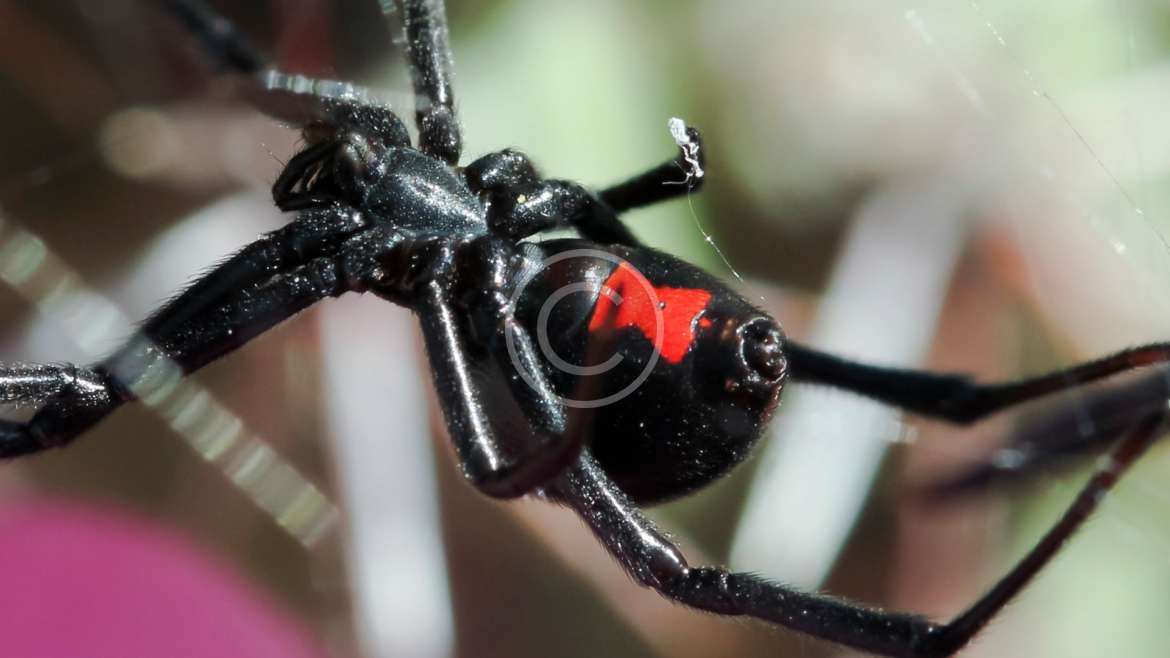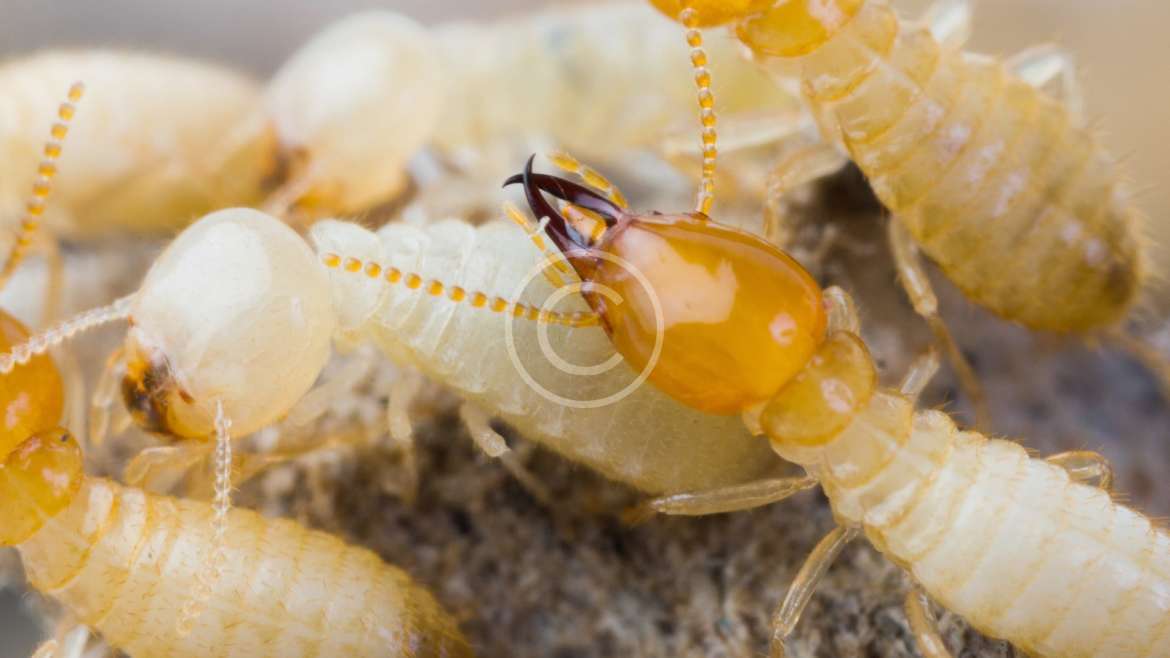Crickets
Qualities
Size: Changes, however as a rule no bigger than 1/2 inches long.
Shading: By and large dark or chestnut.
Conduct: Crickets by and large live and breed outside and attack structures looking for sustenance, dampness or sanctuary. The grown-ups are pulled in to splendid lights on structures and may travel to homes and different structures by the handfuls or even hundreds (in mid-to late summer). Once close to the building, crickets will creep through any break or gap that permits them access inside. These creepy crawlies have been known not on and harm apparel, more often than not things that are dirty and anticipate washing. Camel crickets do live and breed inside, for the most part in a slither space, basement or storm cellar. They every so often meander up into the living zones of the home where their fast bouncing capacity can startle the unwary individual. Camel crickets might likewise attack homes from heaps of wood and comparable zones outside.
Natural surroundings
The normal territory of crickets is a field or lush zone. Close structures, they will be discovered living among tall weeds and overwhelming vegetation (e.g., ivy), under sheets, stones and different things, and in heaps of wood, kindling or garbage.
Tips for Control
The most ideal approach to cutoff crickets is to dispense with however much potential harborage as could be expected outside the building. The accompanying tips ought to demonstrate accommodating:
Size: Changes, however as a rule no bigger than 1/2 inches long.
Shading: By and large dark or chestnut.
Conduct: Crickets by and large live and breed outside and attack structures looking for sustenance, dampness or sanctuary. The grown-ups are pulled in to splendid lights on structures and may travel to homes and different structures by the handfuls or even hundreds (in mid-to late summer). Once close to the building, crickets will creep through any break or gap that permits them access inside. These creepy crawlies have been known not on and harm apparel, more often than not things that are dirty and anticipate washing. Camel crickets do live and breed inside, for the most part in a slither space, basement or storm cellar. They every so often meander up into the living zones of the home where their fast bouncing capacity can startle the unwary individual. Camel crickets might likewise attack homes from heaps of wood and comparable zones outside.
Natural surroundings
The normal territory of crickets is a field or lush zone. Close structures, they will be discovered living among tall weeds and overwhelming vegetation (e.g., ivy), under sheets, stones and different things, and in heaps of wood, kindling or garbage.
Tips for Control
The most ideal approach to cutoff crickets is to dispense with however much potential harborage as could be expected outside the building. The accompanying tips ought to demonstrate accommodating:
- Store kindling far from the home and off the ground.
- Discard heaps of wood or store such things off the ground.
- Tidy up heaps of leaf litter and tidy up any trash that could give cover.
- Uproot any substantial ground spread in arranging inside of 10 feet of the home.
- Introduce yellow “bug” lights in open air installations to pull in as few crickets as could be expected under the circumstances.
- Seal whatever number outside splits and gaps as would be prudent in the outside dividers.
- Enhance slither space ventilation to make the subspace less appealing to camel crickets.








Previous
Next








